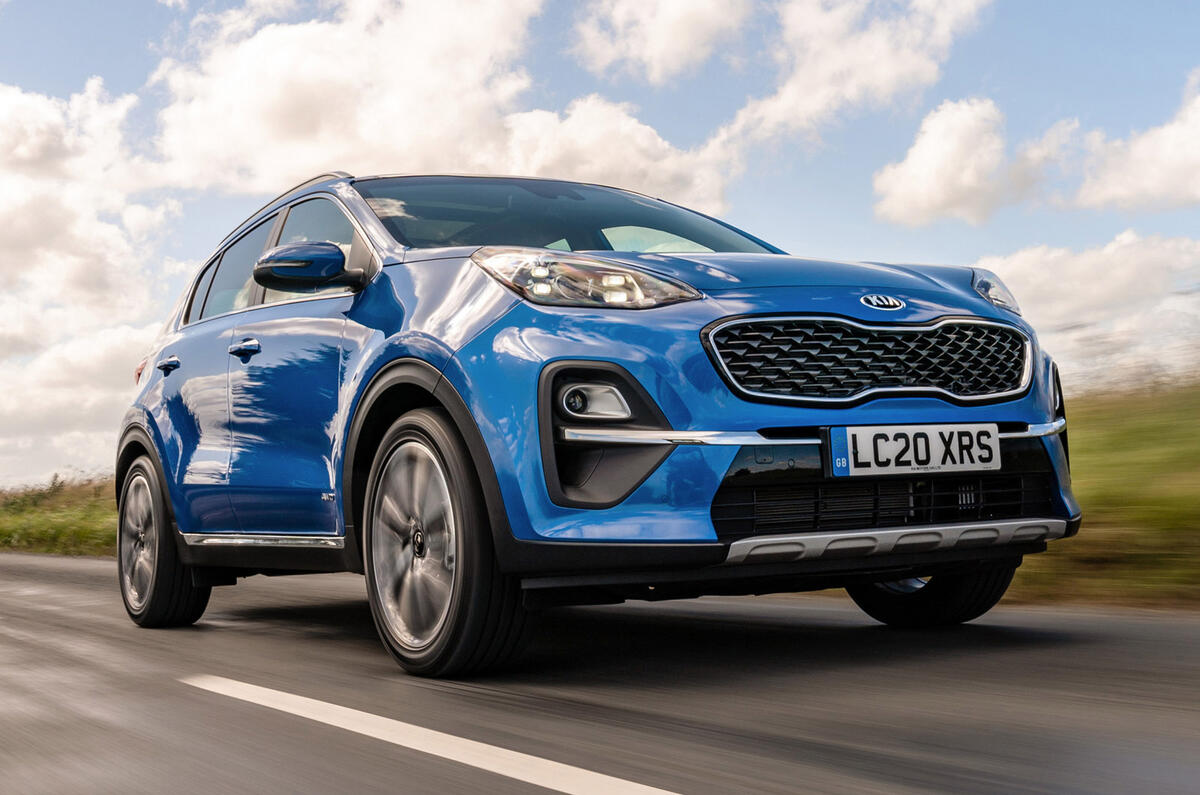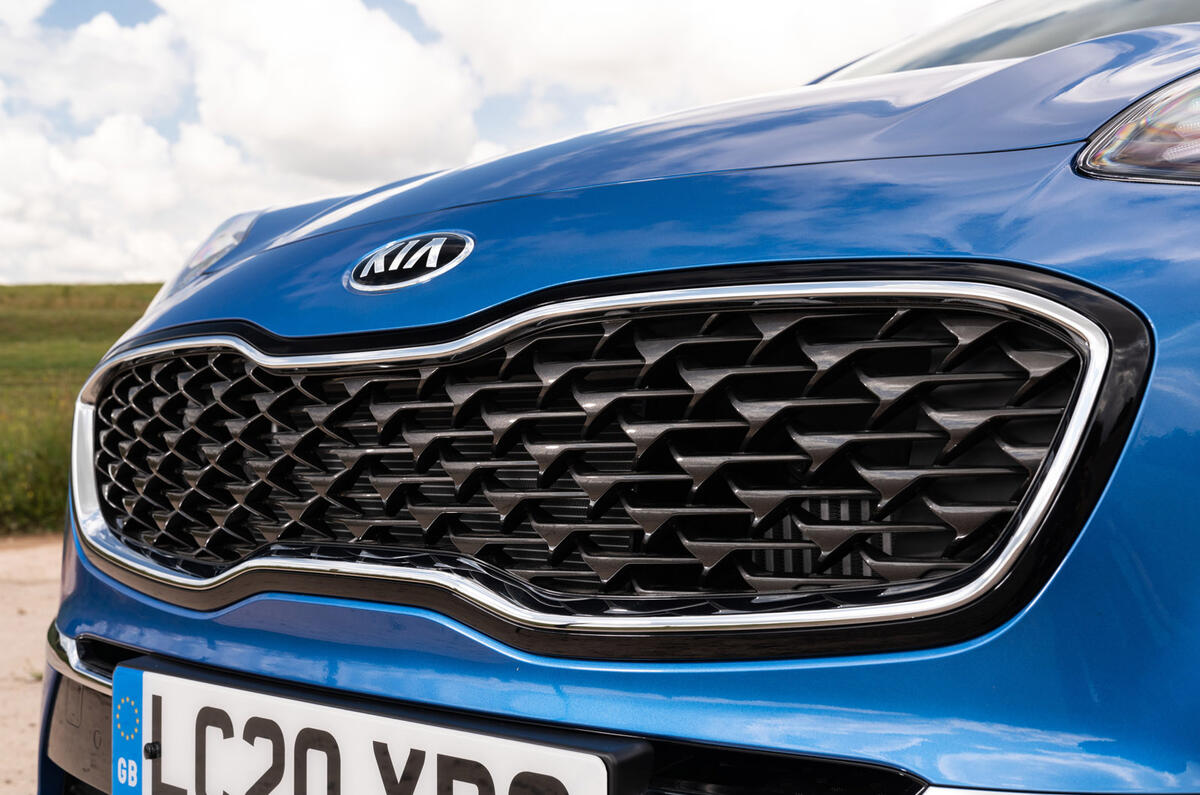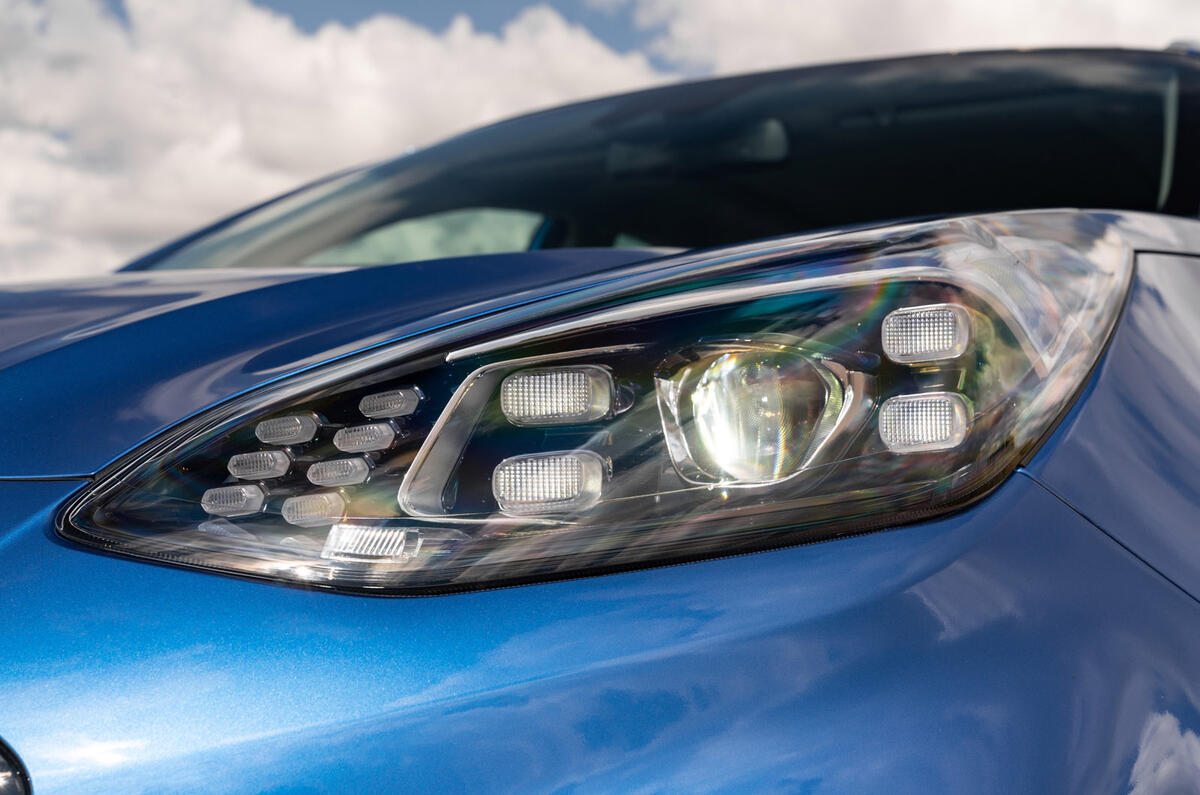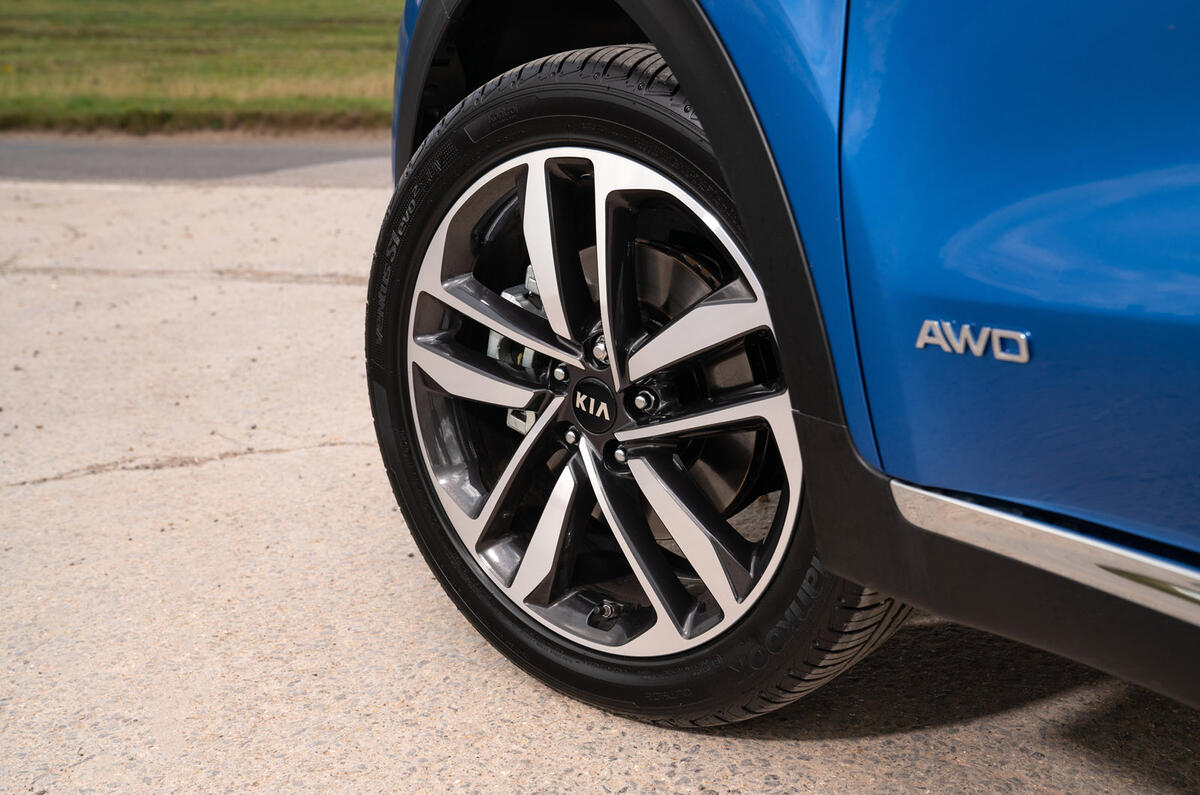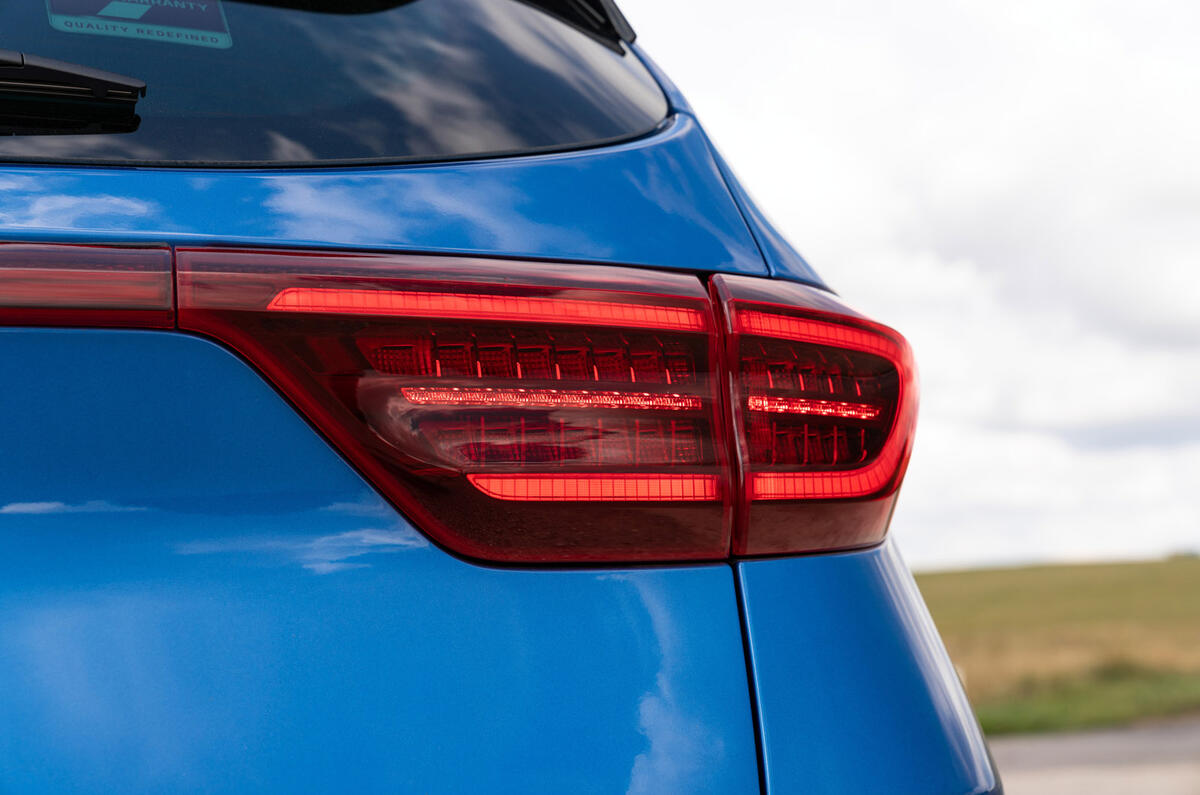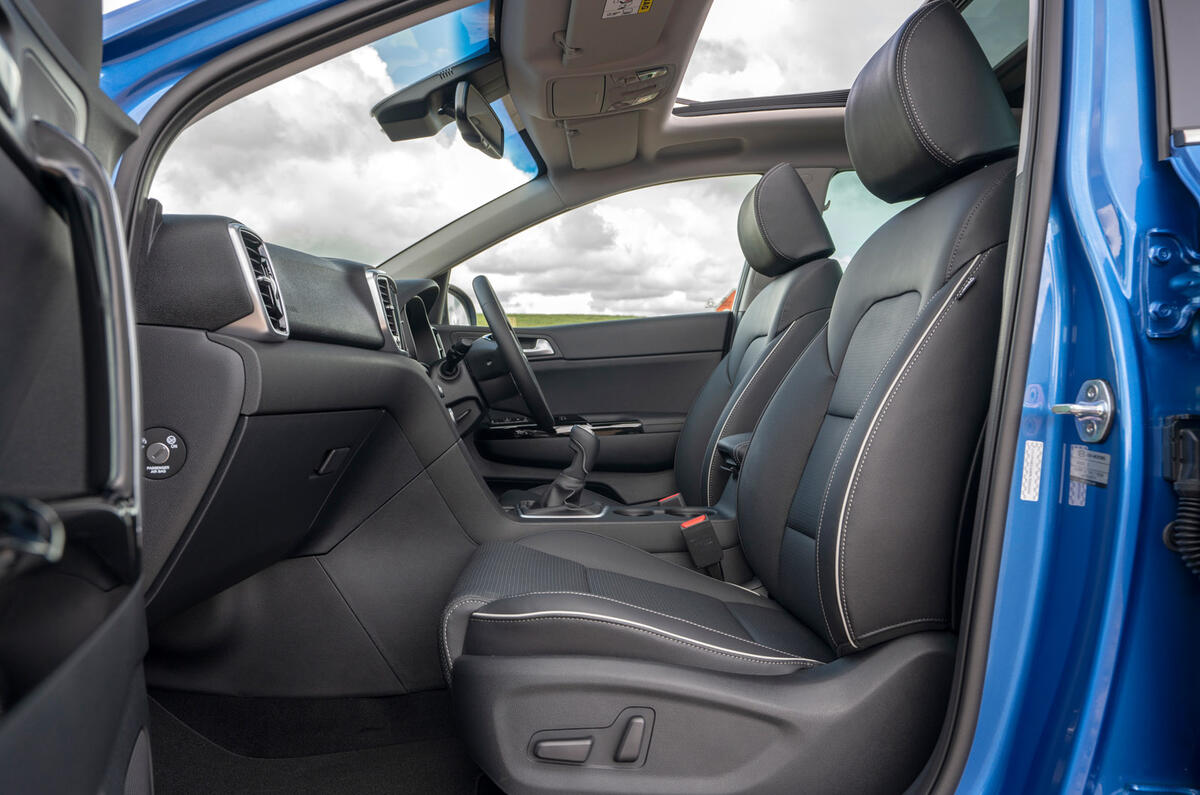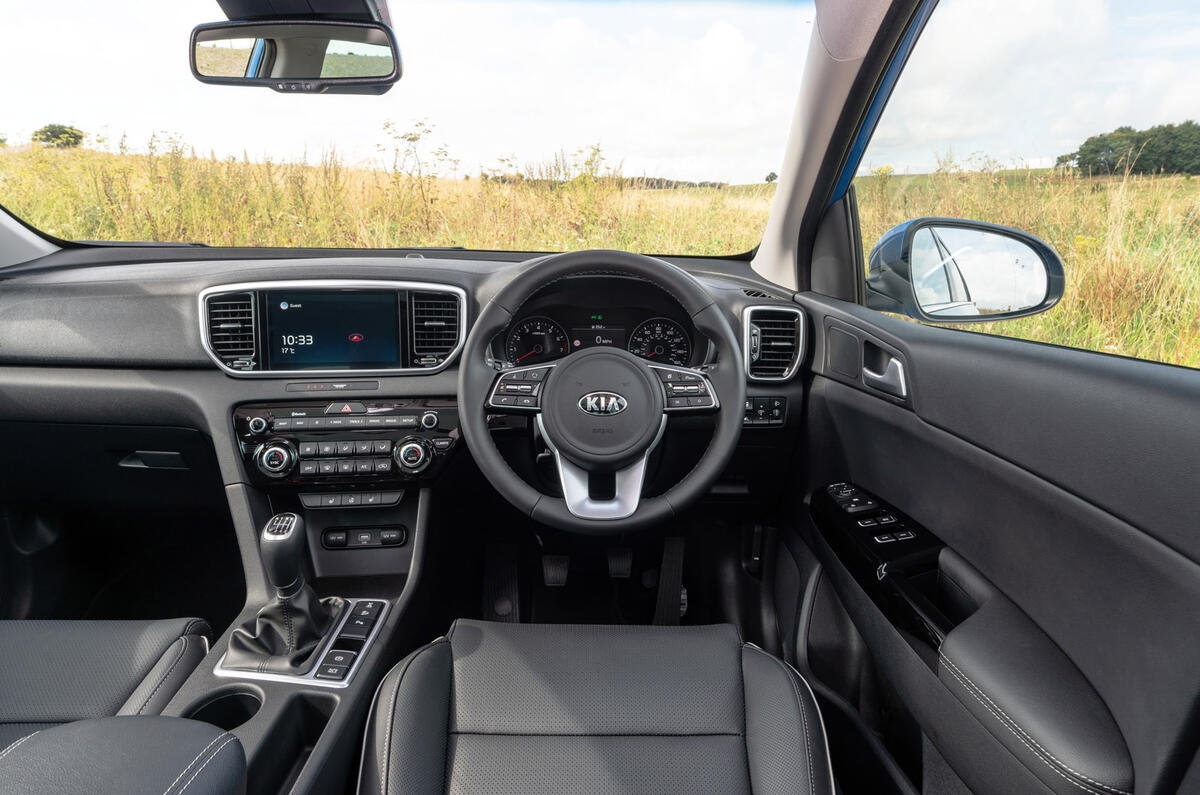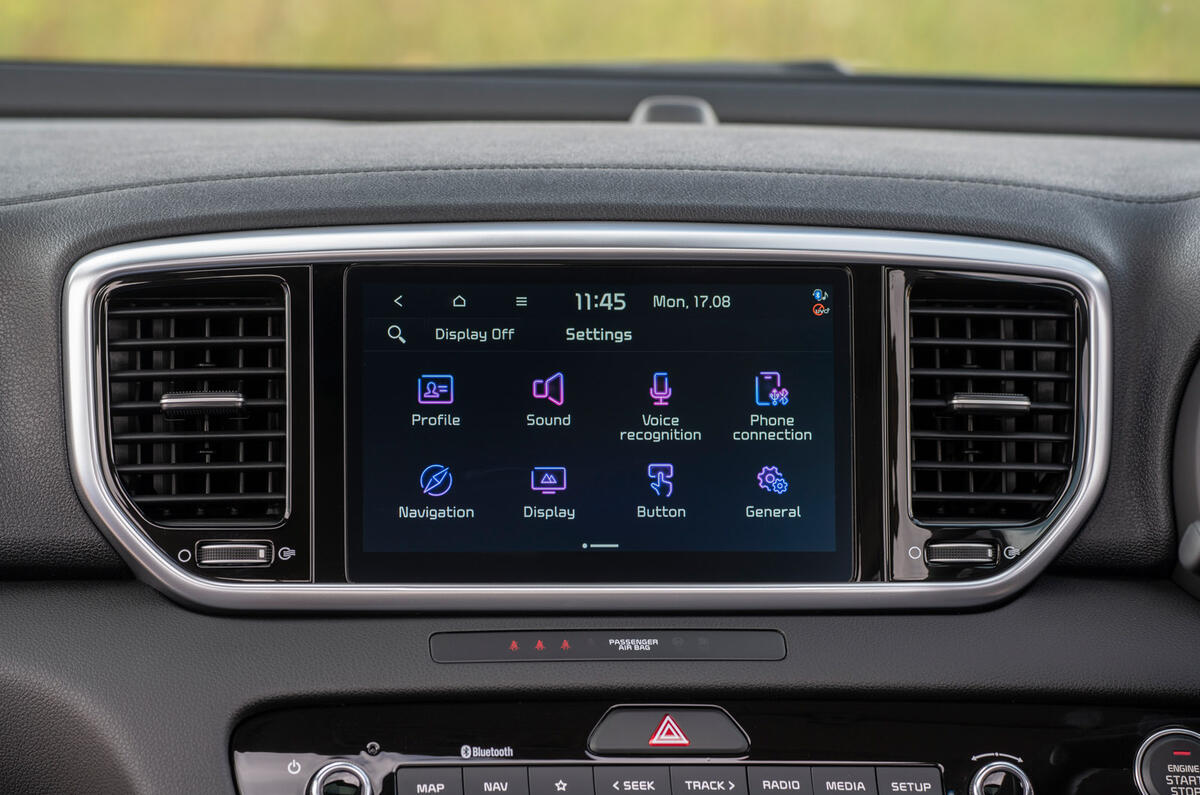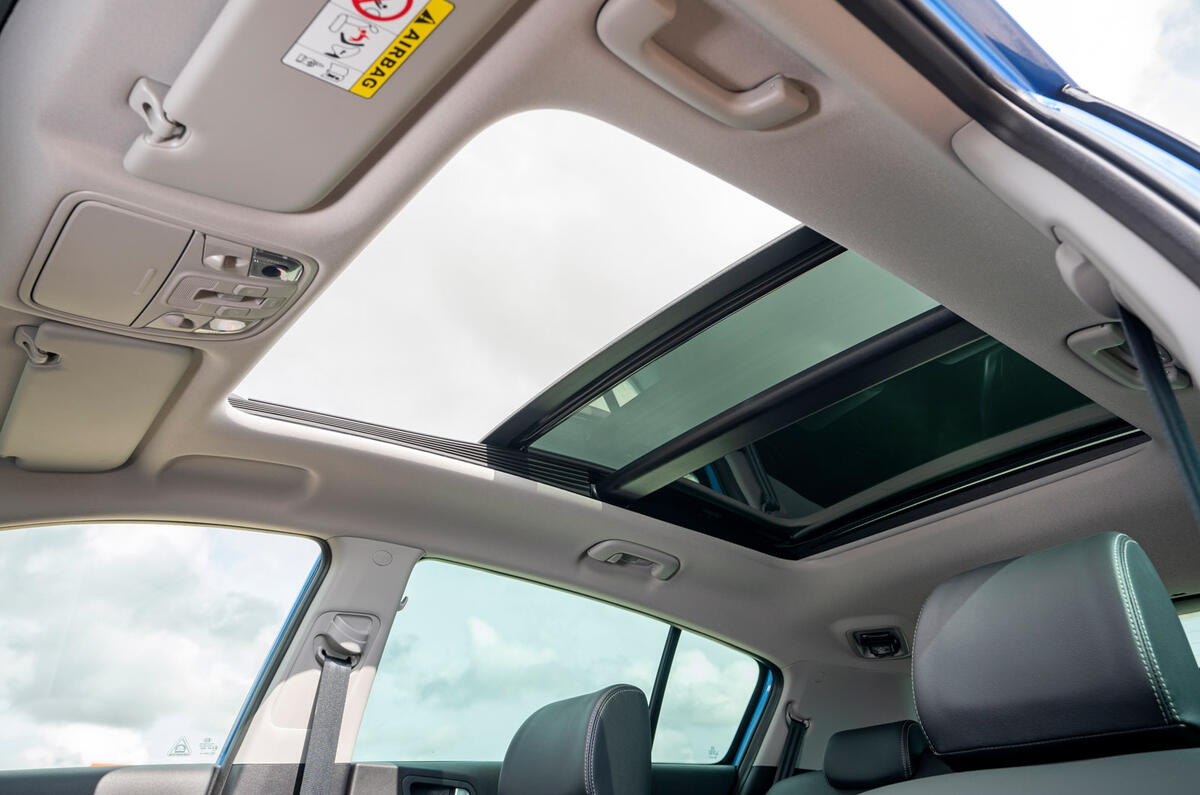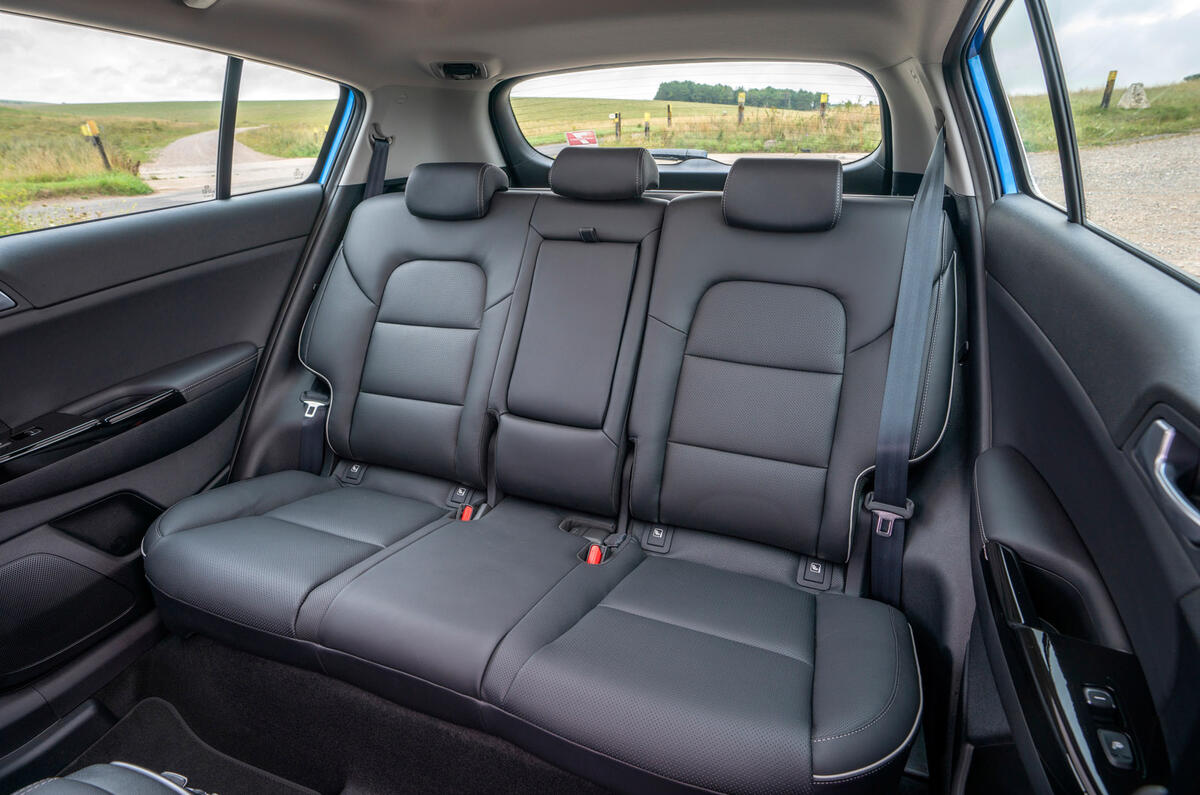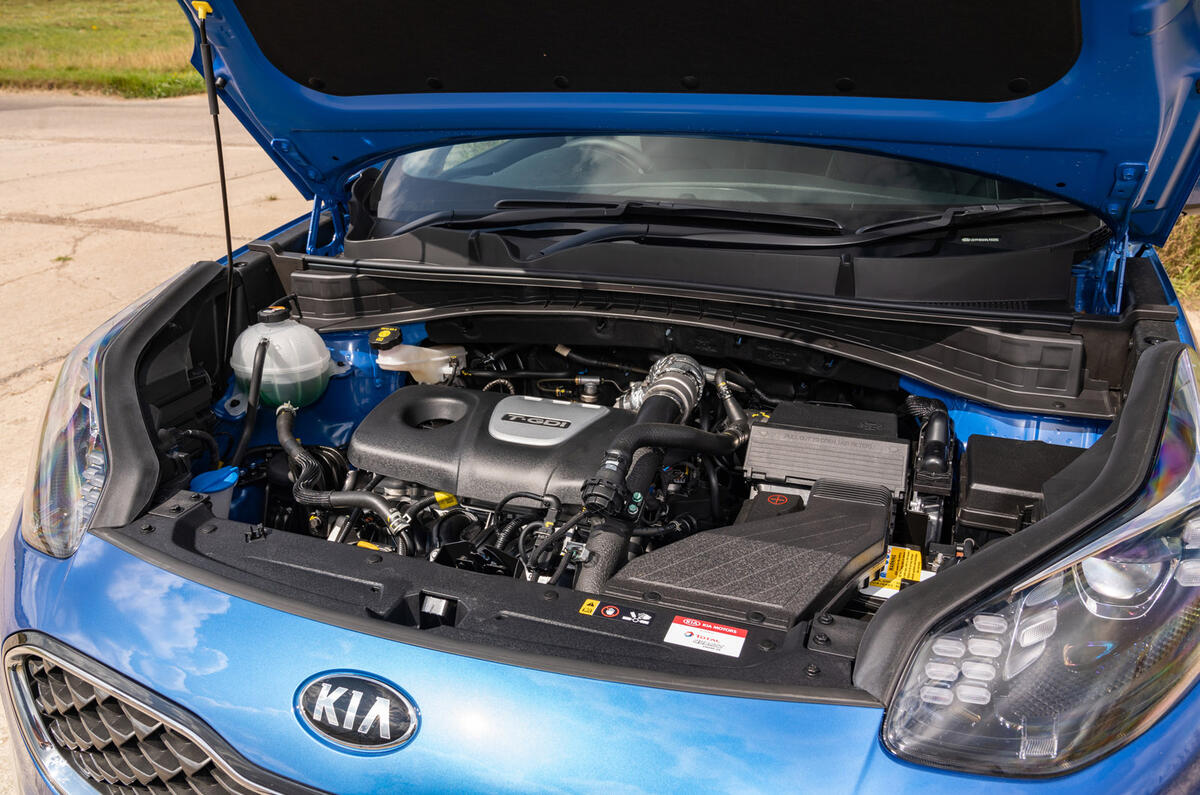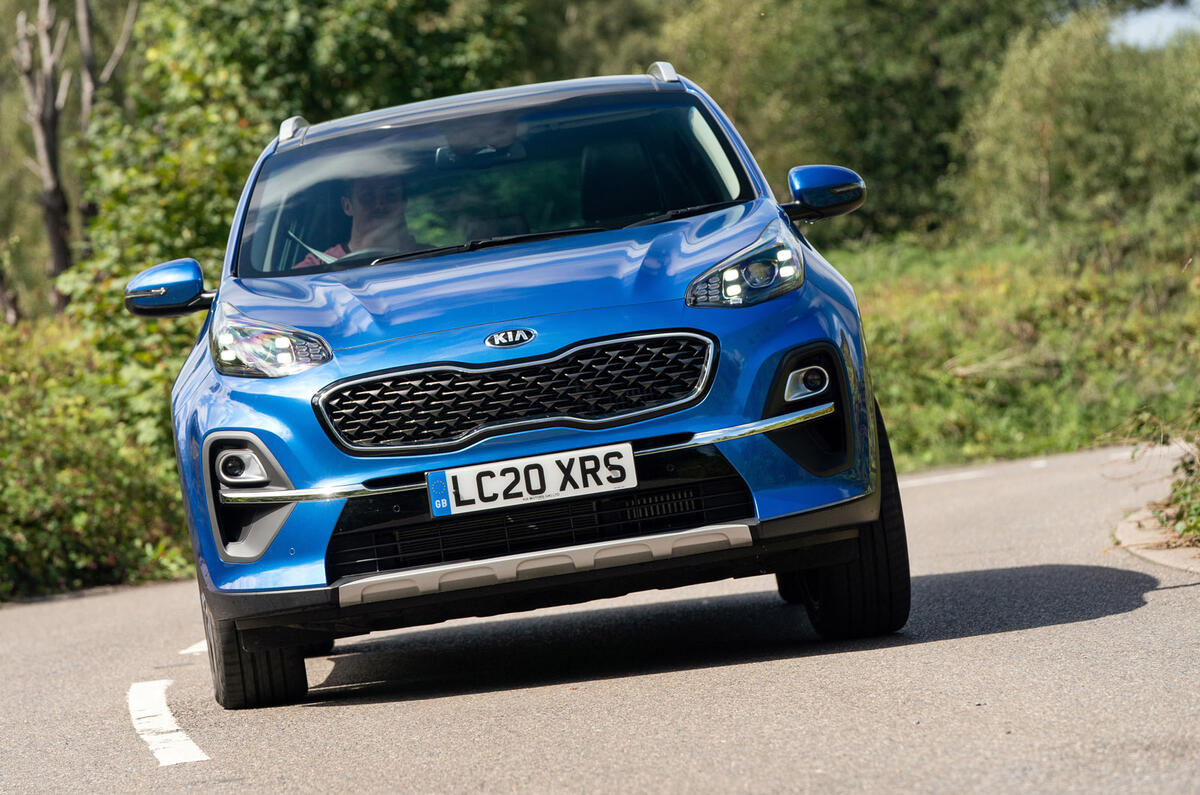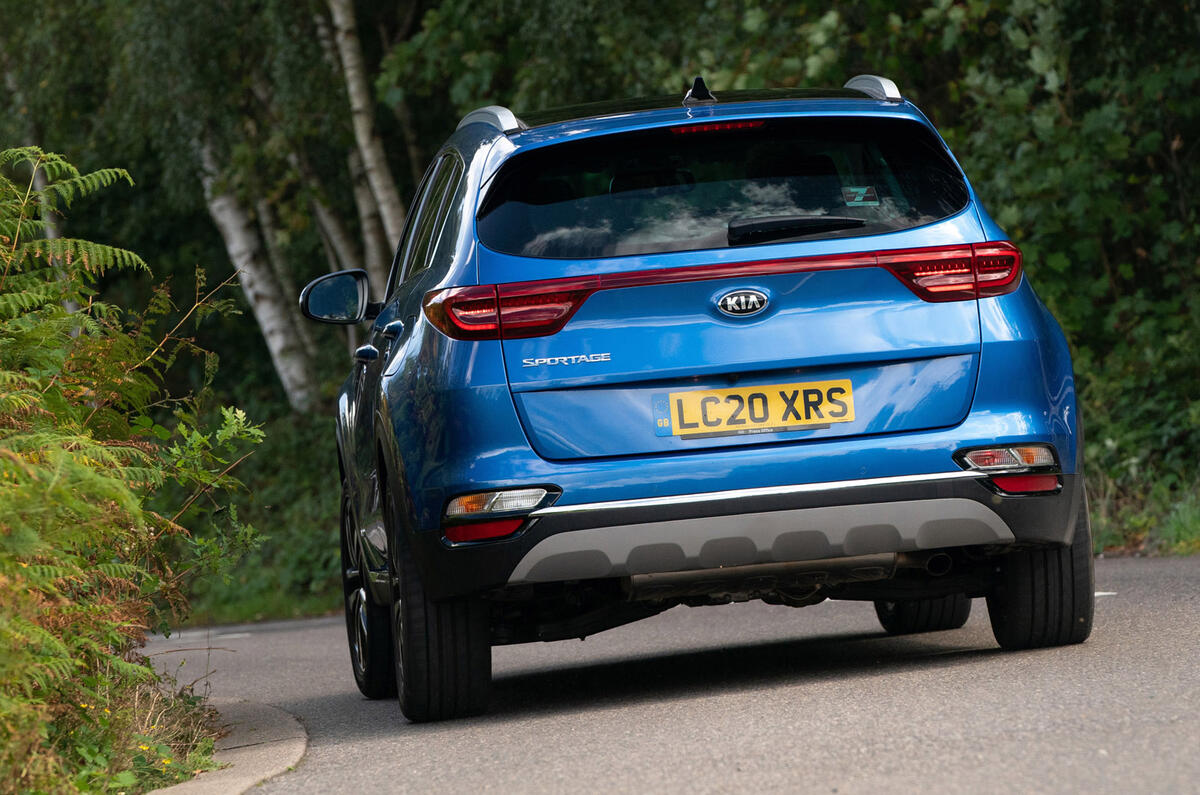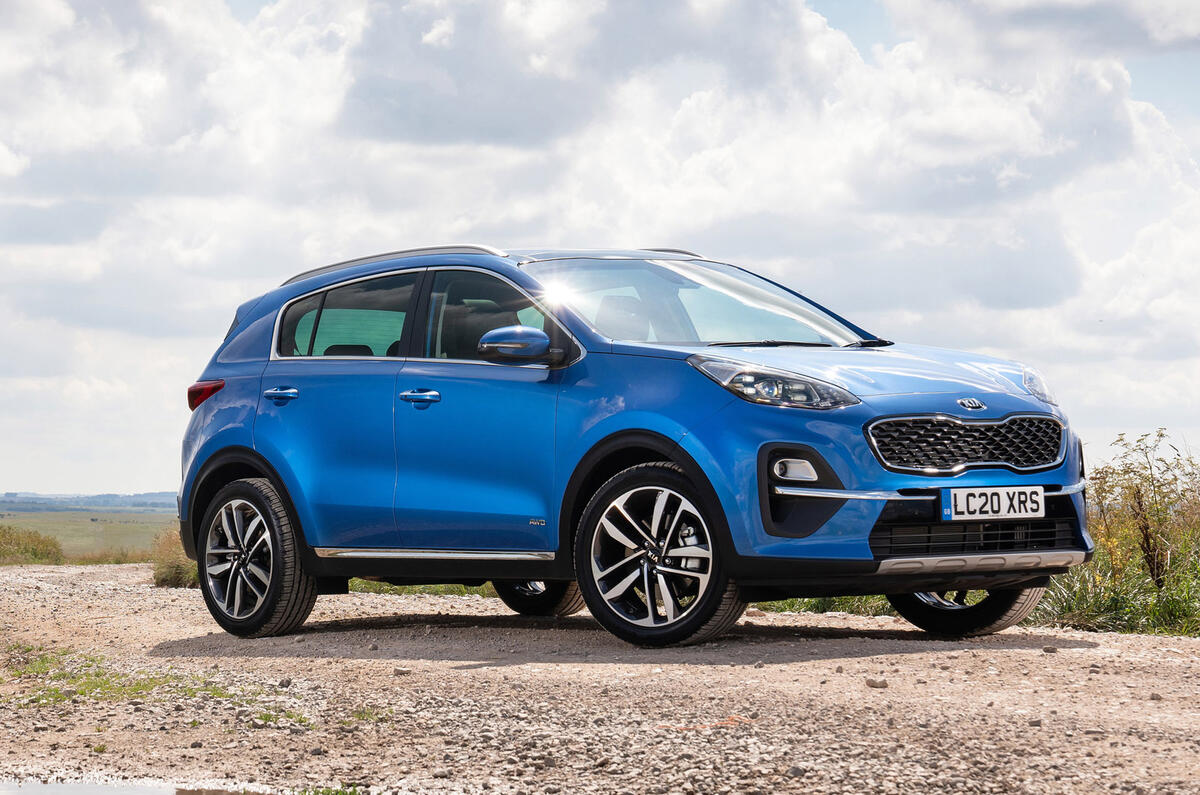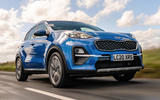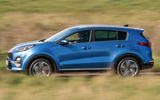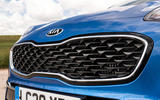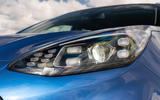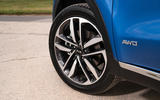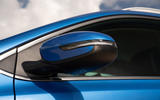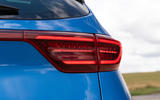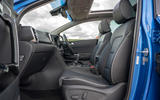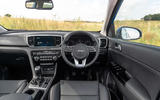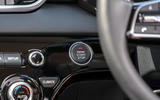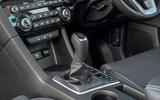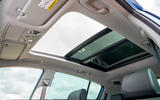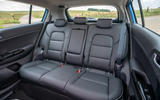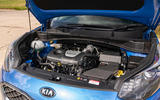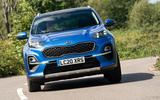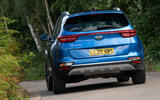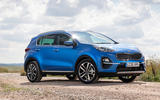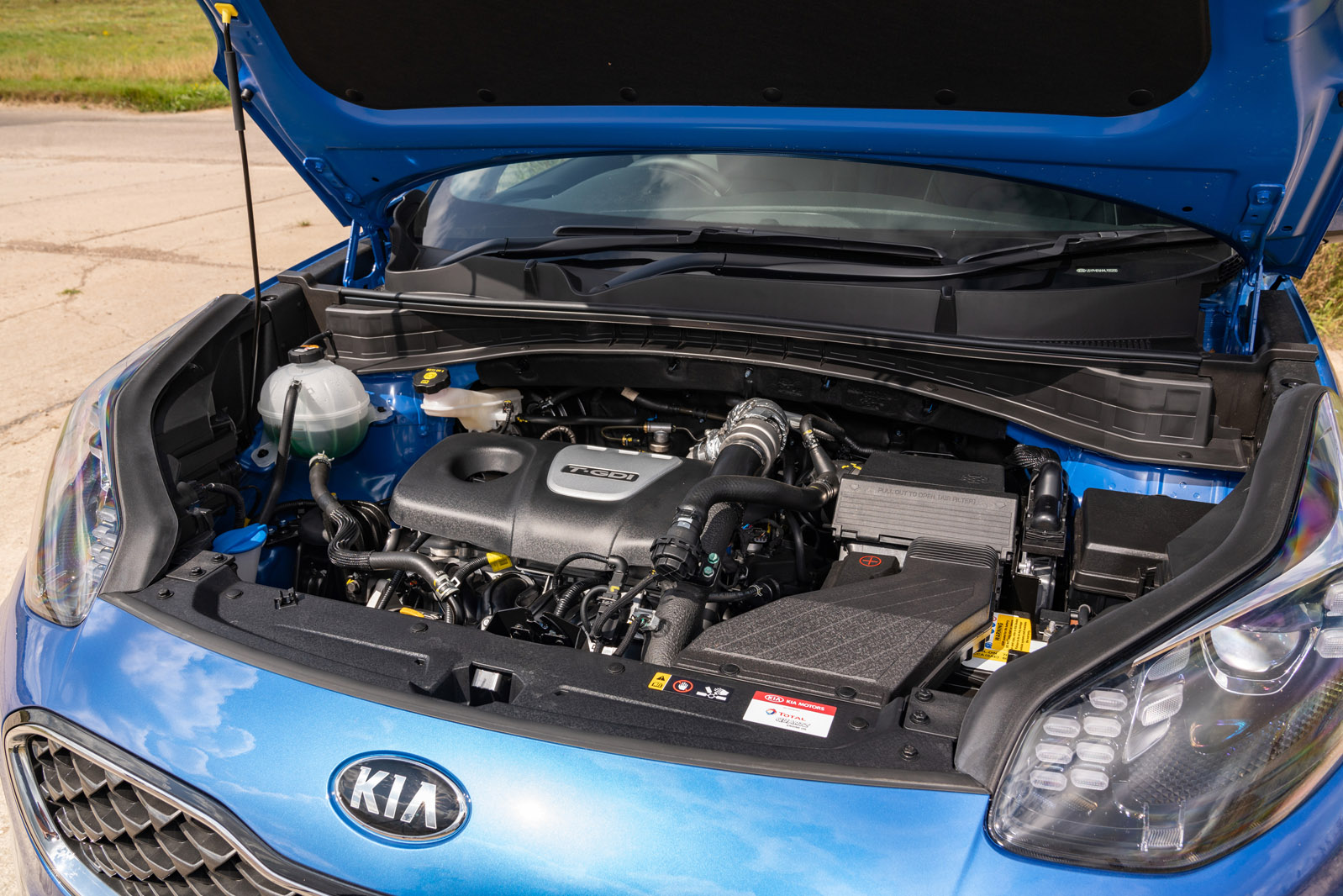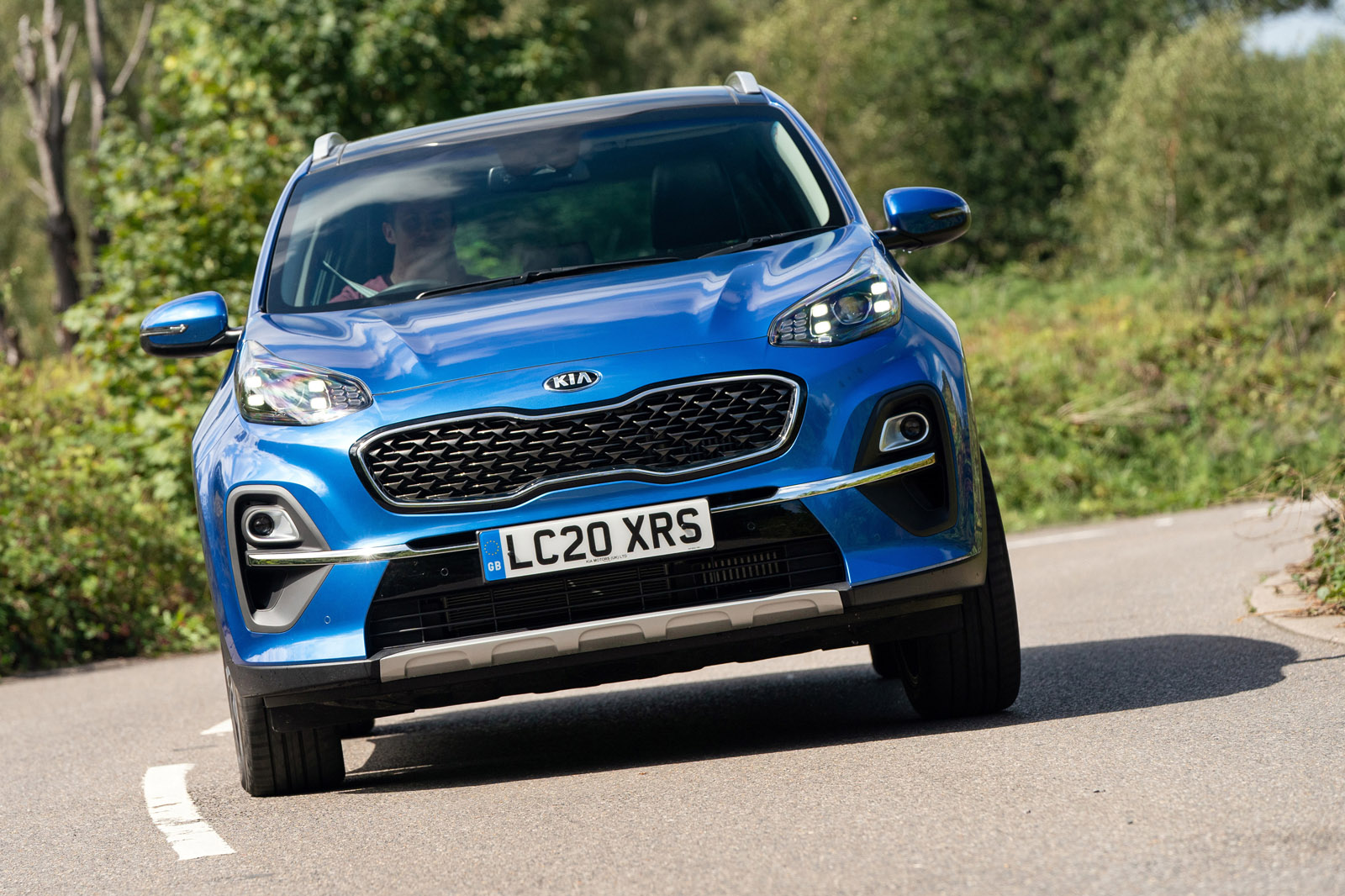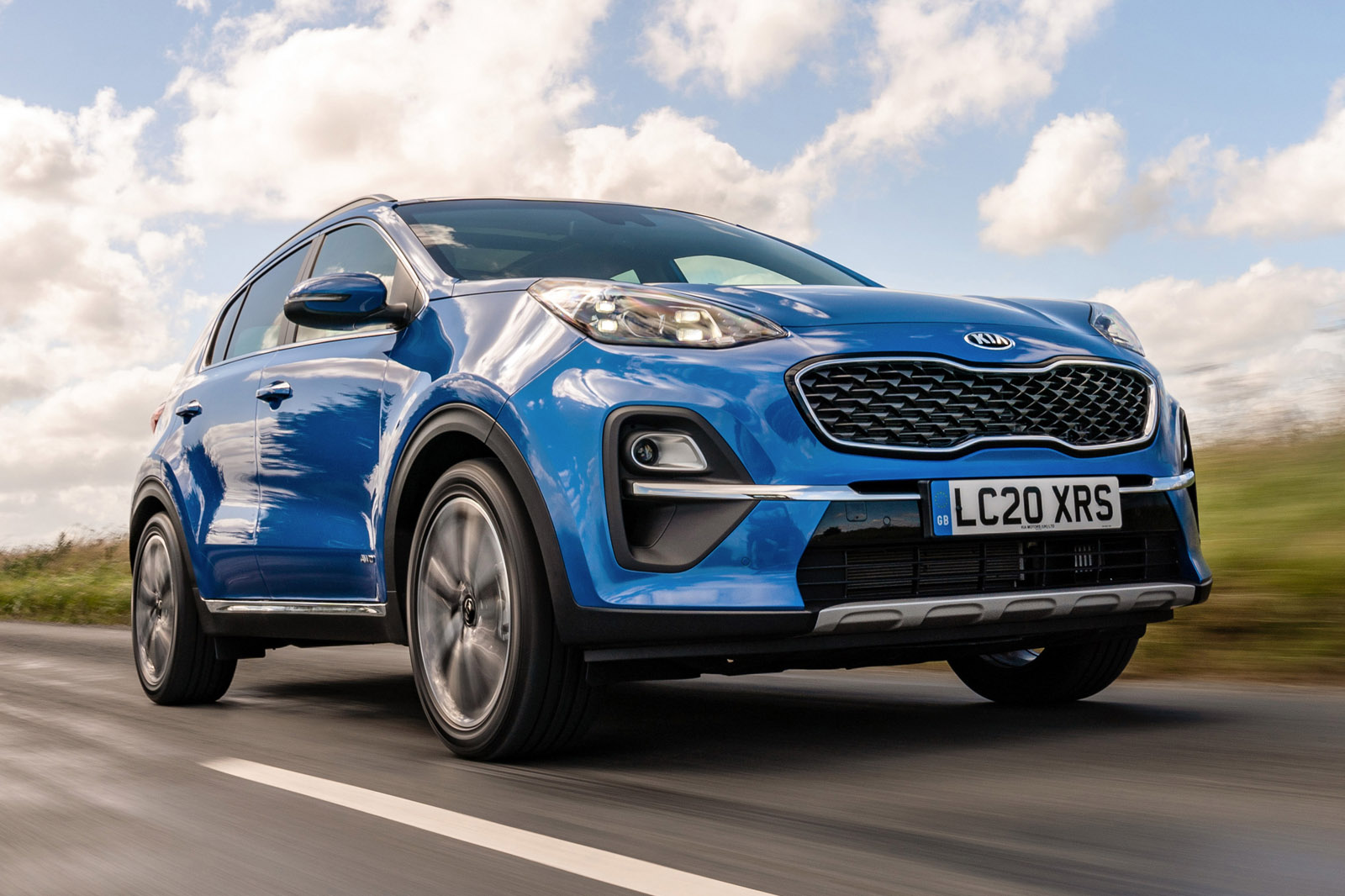So this is Kia’s brave new world: new heights on perceived quality, material richness and fit and finish, it says. They’re not exactly dizzy heights, although the overall ambience of the Kia Sportage’s cabin is pleasant enough.
Our impressions were grounded somewhat by our test car’s KX-2 trim level, which misses out on the leather upholstery, contrast stitching and high-gloss trim of ritzier models. On the equipment front, there are seven levels to choose from: 1, 2/KX-2, 3/KX-3, 4/KX-4, KX-5, GT-Line and GT-Line S.
The entry-level Sportage comes equipped with 16in alloys, front foglights, hill start assist and descent control as standard, while inside there is air conditioning, USB and Bluetooth connectivity, DAB radio and cruise control.
Upgrade to the trim adorning our test car and you will find 17in alloys, roof rails, rear parking sensors, automatic wipers and lights, and Kia's safety systems, while inside there is dual-zone climate control, a reversing camera and Kia's 7.0in touchscreen infotainment system complete with sat nav and smartphone integration.
Sportage's kitted out in '3/KX-3' equipment gain luxuries such as an 8.0in touchscreen infotainment system, a panoramic sunroof and a eight speaker JBL audio system, while paying a bit more simply adds ventilated seats, heated steering wheel, electrically adjustable front seats, front parking sensors, adaptive bi-xenon headlights, and keyless entry and start, along with Kia's autonomous braking system and blind spot detection system.
The KX-5 models gain a smart opening tailgate, automatic parking assist, a wireless phone charging system and two tone leather upholstery, while the GT-Line models add an aggressive-styled bodykit, numerous GT-Line decals and inserts, a twin exhaust and Kia's signature LED front foglights. The GT-Line S adds numerous features found as standard on the KX-5 Sportage, including Kia's 8.0in touchscreen infotainment system, JBL sound system, panoramic sunroof and adaptive bi-xenon headlights.
Our test car had the 7.0in touchscreen infotainment and navigation set-up that’s standard on 2 trim. The system paired with an iPhone quickly and maintained a reliable connection, and although call quality seemed a bit muffled, the media streaming was clear.
The audio system sounded a little on the tinny side in its default mode, but adequately powerful when its background noise compensation mode was enabled.
The system also offers live traffic information via TomTom, routed directly into the navigation, provided your mobile phone’s data connection is enabled. Weather forecasts, local Google search and speed camera detection are also available through Kia Connected Services.
Kia could have done more to mitigate the sense of enveloping gloom caused by the profusion of dark plastics on the fascia. The matt chrome finishers around the air vents, ventilation controls, steering wheel boss and gearlever look and feel quite expensive, yet add little cheer to the ambience. Kia is clearly aiming for smart and clean instead, but the fascia looks and feels solid and robust but plain.
The promises of increased leg and head room in both rows and a bigger boot have been delivered. The second-row seats in particular feel more roomy.
And compared with its opposition, the Sportage also provides some good news for owners. A Nissan Qashqai, our class-leading crossover, grants only a couple of centimetres more front-row head room than the Kia, identical second-row head room and just a solitary centimetre more second-row knee room. On boot length, meanwhile, the Sportage has both the Qashqai and even a BMW X1 beaten.
A versatile family car is about much more than space, of course. Drilling down into the details, there are things we like here (a dedicated under-floor cubby to stow the load bay cover when you take it out) and omissions we regret (no boot-accessible remote release handles for the folding back seats).
Broadly, the Sportage does what a crossover needs to on practicality, quality and comfort, but it still somehow fails to leave a lasting impression.


